Echinacea Companion Plants That Will
Echinacea Companion Plants That Will Enhance Your Garden
Echinacea is a popular perennial flowering plant that is known for its medicinal properties. It is often used to treat colds, flu, and other infections. Echinacea plants are also attractive and can add a splash of color to any garden.
When choosing companion plants for echinacea, it is important to consider the plant's needs. Echinacea prefers full sun and well-drained soil. It is also drought-tolerant once established. When choosing companion plants, it is important to select those that have similar growing requirements.
Here are some of the best companion plants for echinacea:
- Lavender: Lavender is a fragrant herb that repels pests such as mosquitoes and flies. It also attracts pollinators such as bees and butterflies. Lavender can be planted near echinacea to help protect it from pests and to attract beneficial insects.
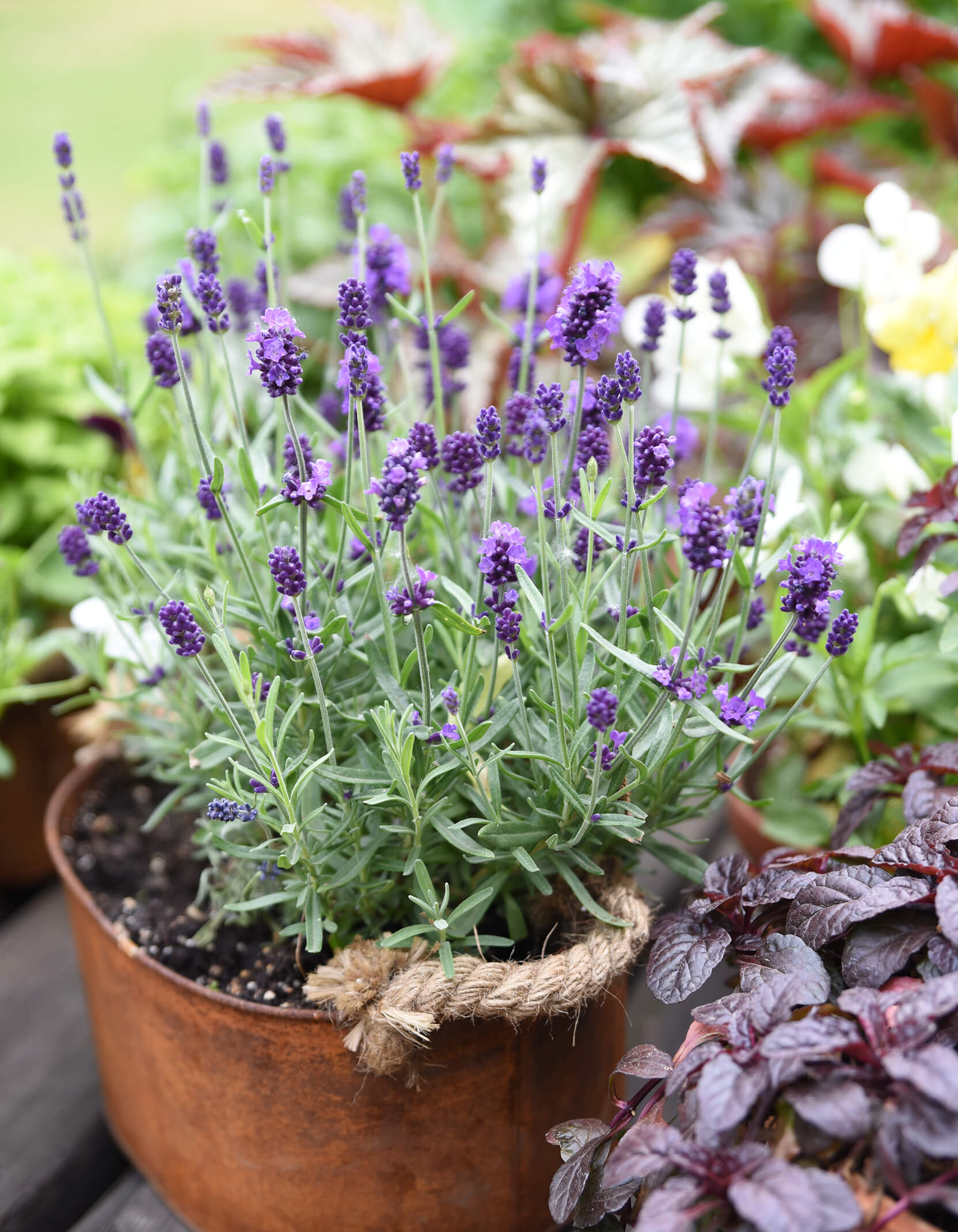
- Catmint: Catmint is another fragrant herb that repels pests. It is also drought-tolerant and can help to suppress weeds. Catmint can be planted near echinacea to help create a barrier against pests and to improve the overall health of the garden.
- Black-eyed Susan: Black-eyed Susan is a native wildflower that is known for its bright yellow petals and dark brown center. It is a good companion plant for echinacea because it has similar growing requirements and can help to attract pollinators.
- Coral Bells: Coral Bells are a type of perennial herb that is known for its colorful foliage and bell-shaped flowers. They are a good companion plant for echinacea because they can tolerate shade and can help to suppress weeds.
- Bee Balm: Bee Balm is a member of the mint family that is known for its attractive flowers and minty scent. It is a good companion plant for echinacea because it attracts pollinators and can help to improve the overall health of the garden.
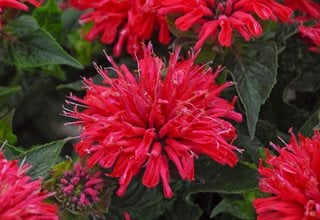
These are just a few of the many companion plants that can be grown with echinacea. When choosing companion plants, it is important to consider the plant's needs and the overall look and feel of the garden. By planting echinacea with compatible companion plants, you can create a beautiful and healthy garden that will attract pollinators and deter pests.
Conclusion
Echinacea is a versatile plant that can be grown in a variety of settings. By planting it with compatible companion plants, you can enhance its beauty and boost its health. When choosing companion plants, it is important to consider the plant's needs and the overall look and feel of the garden. With a little planning, you can create a beautiful and healthy garden that will attract pollinators and deter pests.
Echinacea is a beautiful and versatile perennial plant that can be grown in a variety of gardens. It is also a popular choice for companion planting, as it can help to attract pollinators and deter pests.
Some of the best companion plants for echinacea include:
- Lavender: Lavender is a beautiful and fragrant herb that can help to repel pests and attract pollinators. It also shares similar growing conditions as echinacea, making it a good choice for companion planting. Gardenia Inspiration
- Catmint: Catmint is another fragrant herb that can help to attract pollinators and deter pests. It is also drought-tolerant and can help to suppress weeds. Gardenia Inspiration
- Black-eyed Susan: Black-eyed Susan is a native wildflower that is easy to grow and attracts pollinators. It also blooms at the same time as echinacea, so you can enjoy a long season of color in your garden. Gardenia Inspiration
- Coral Bells: Coral Bells is a colorful perennial that can add a touch of brightness to your garden. It is also deer-resistant and can help to suppress weeds. Gardenia Inspiration
- Bee Balm: Bee Balm is a member of the mint family that attracts pollinators and deters pests. It also has medicinal properties and can be used to make tea or tinctures. Gardenia Inspiration
If you are looking for more information about echinacea companion plants, I recommend visiting Gardenia Inspiration. This website has a wealth of information on a variety of gardening topics, including companion planting.
FAQ of echinacea companion plants
- What are the best companion plants for echinacea?
Echinacea is a versatile plant that can be paired with a variety of other plants. Some of the best companion plants for echinacea include:
- Lavender: Lavender and echinacea have similar growing requirements and can help to attract pollinators to the garden.
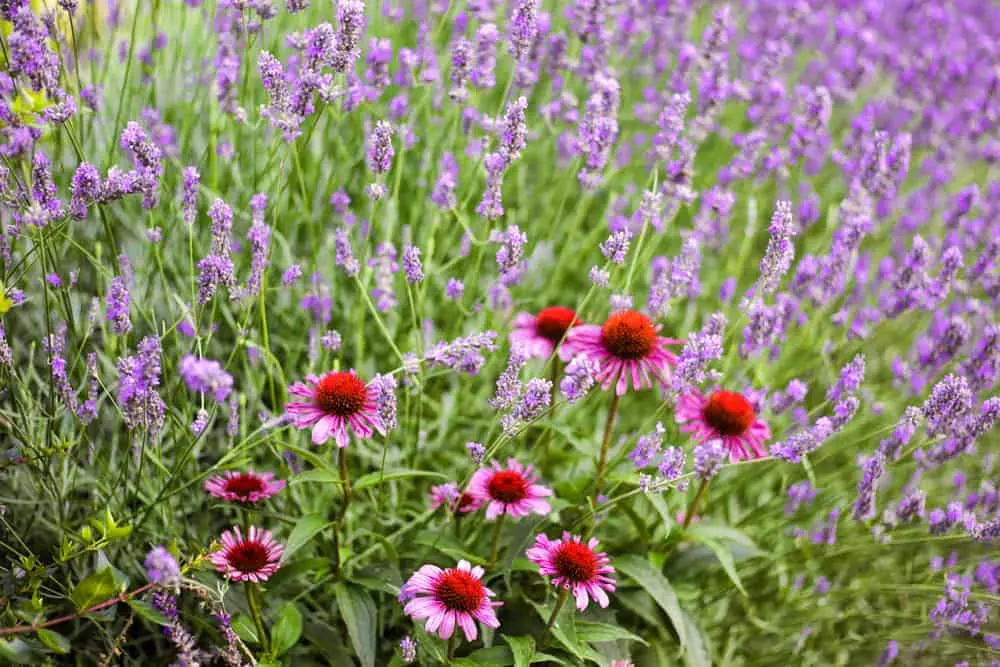
- Butterfly weed: Butterfly weed is a native plant that attracts butterflies and other beneficial insects. It also has similar flowering times to echinacea.

- Gaillardia: Gaillardia is a colorful wildflower that blooms in shades of orange, yellow, and red. It can help to add visual interest to the garden and attract pollinators.

- Black-eyed Susan: Black-eyed Susan is another native wildflower that blooms in shades of yellow and orange. It is drought-tolerant and can help to fill in empty spaces in the garden.
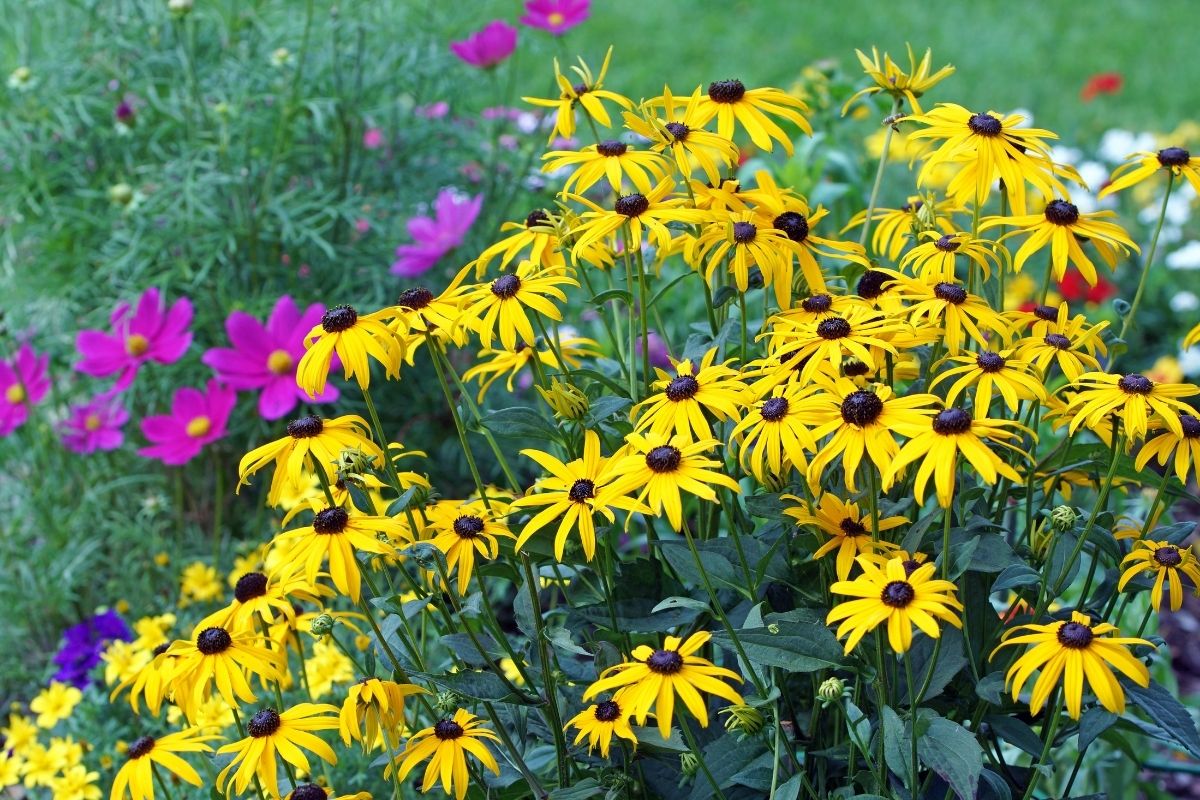
- Yarrow: Yarrow is a hardy plant that can help to repel pests and diseases. It also blooms for a long period of time, which can help to extend the flowering season in the garden.

- Can echinacea be planted with other plants?
Yes, echinacea can be planted with other plants. It is a relatively low-maintenance plant that does not require a lot of space. It is also not known to be invasive, so it can be planted near other plants without fear of harming them.
- What are some benefits of companion planting with echinacea?
There are several benefits to companion planting with echinacea. Some of these benefits include:
- Attracting pollinators: Echinacea is a nectar-rich plant that attracts pollinators such as butterflies, bees, and hummingbirds. These pollinators help to pollinate other plants in the garden, which can lead to increased yields.
- Reducing pest and disease pressure: Some companion plants can help to repel pests and diseases from echinacea. For example, yarrow is a known insect repellent, and lavender can help to deter spider mites.
- Improving soil health: Echinacea and some of its companion plants, such as yarrow and lavender, can help to improve soil health by fixing nitrogen and adding organic matter. This can benefit all of the plants in the garden.
- Creating a more visually appealing garden: Companion planting can help to create a more visually appealing garden by adding variety in terms of plant height, color, and texture.
- What are some tips for companion planting with echinacea?
When companion planting with echinacea, it is important to consider the following factors:
- Planting requirements: Echinacea and its companion plants should have similar growing requirements in terms of sun exposure, soil type, and water needs.
- Height and spacing: When choosing companion plants, it is important to consider the height and spacing of the plants. Echinacea can grow up to 3 feet tall, so it is important to choose companion plants that will not outgrow it.
- Pest and disease resistance: If you are concerned about pest and disease pressure, choose companion plants that are known to repel pests or diseases.
- Visual appeal: Companion planting can be a great way to create a more visually appealing garden. When choosing companion plants, consider the color, texture, and height of the plants to create a pleasing arrangement.
- How far apart should echinacea plants be planted?
Echinacea plants should be spaced 18 to 24 inches apart. This will give them enough room to grow and spread without crowding each other.
Image of echinacea companion plants
- Butterfly weed (Asclepias tuberosa) is a native North American plant that attracts butterflies and other pollinators. It has orange flowers that bloom in the summer.
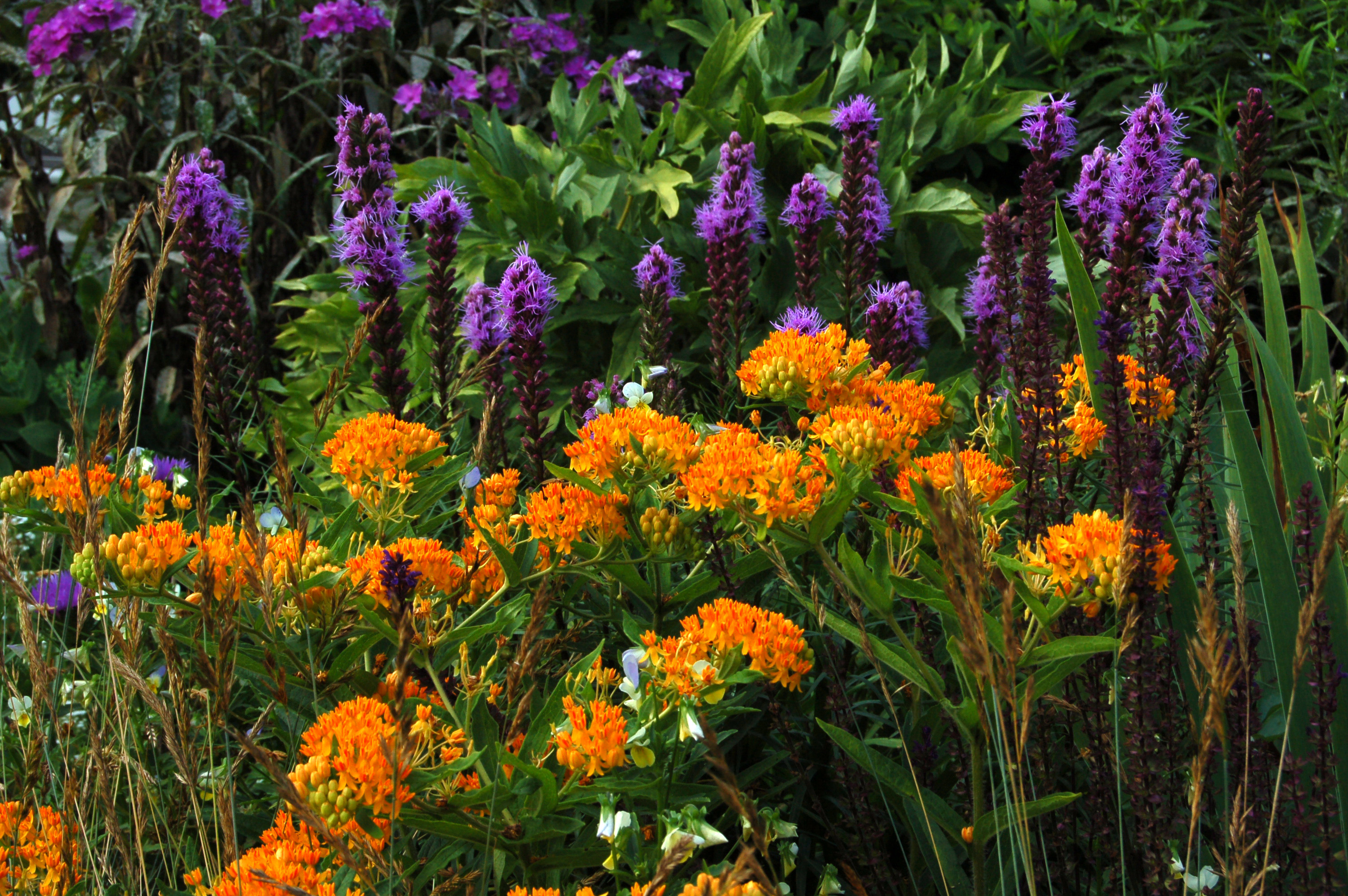
- Coneflower (Echinacea purpurea) is another native North American plant that is often grown as a companion plant for echinacea. It has purple flowers that bloom in the summer.
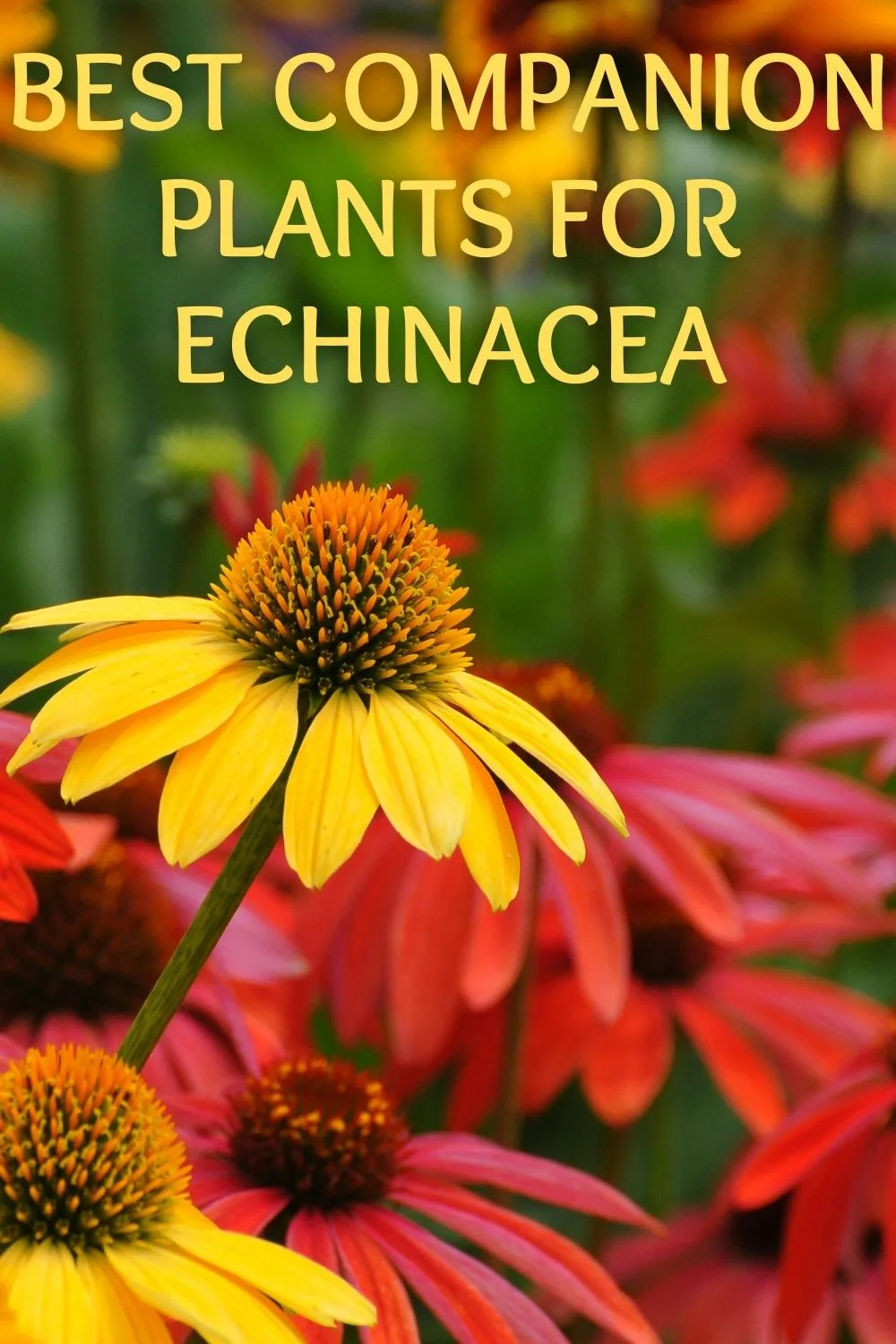
- Gaillardia (Gaillardia pulchella) is a perennial plant that has bright red, orange, or yellow flowers that bloom in the summer. It is a good companion plant for echinacea because it attracts pollinators and has similar growing requirements.
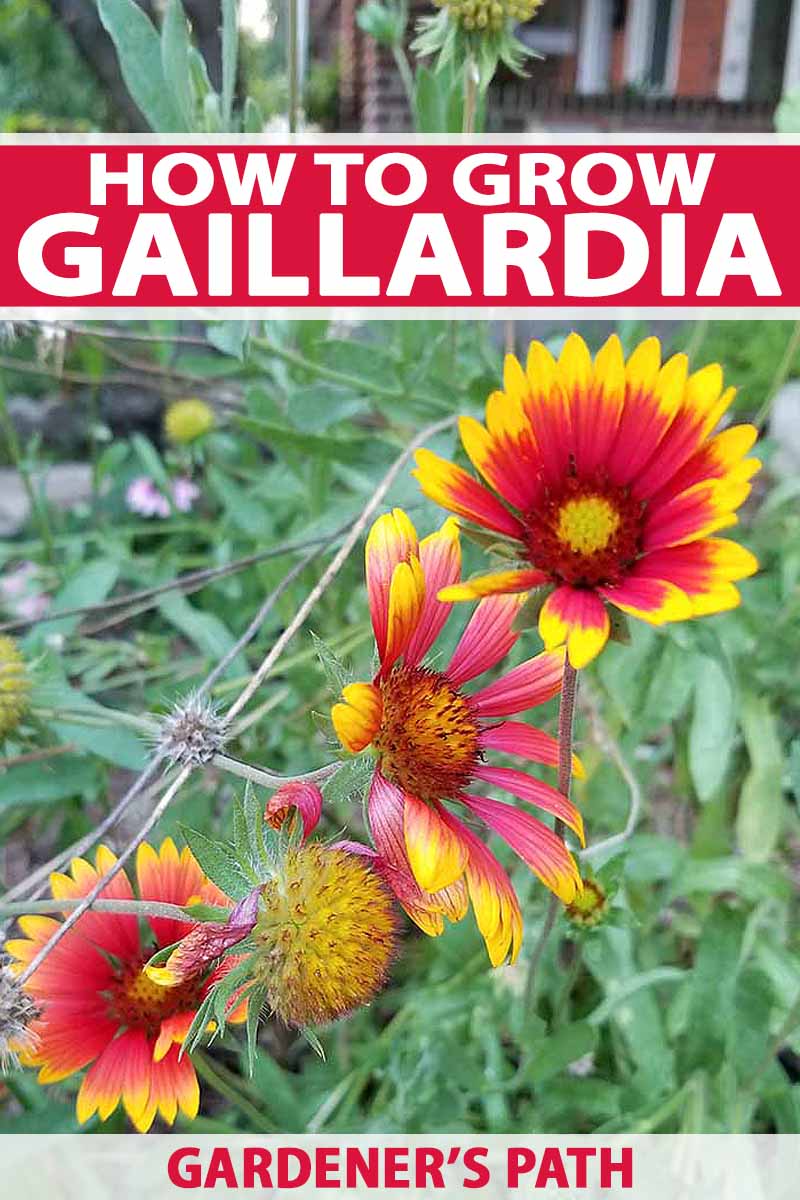
- Black-eyed Susan (Rudbeckia hirta) is a native North American wildflower that has yellow flowers with dark brown centers. It blooms in the summer and attracts butterflies and other pollinators. It is a good companion plant for echinacea because it has similar growing requirements and can help to deter pests.

- Yarrow (Achillea millefolium) is a hardy perennial that has white, pink, or yellow flowers that bloom in the summer. It is a good companion plant for echinacea because it attracts pollinators and helps to deter pests.
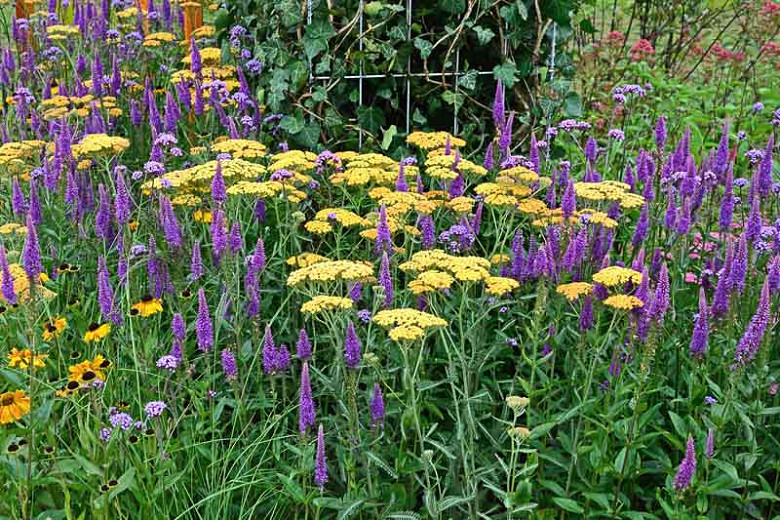
Post a Comment for " Echinacea Companion Plants That Will"